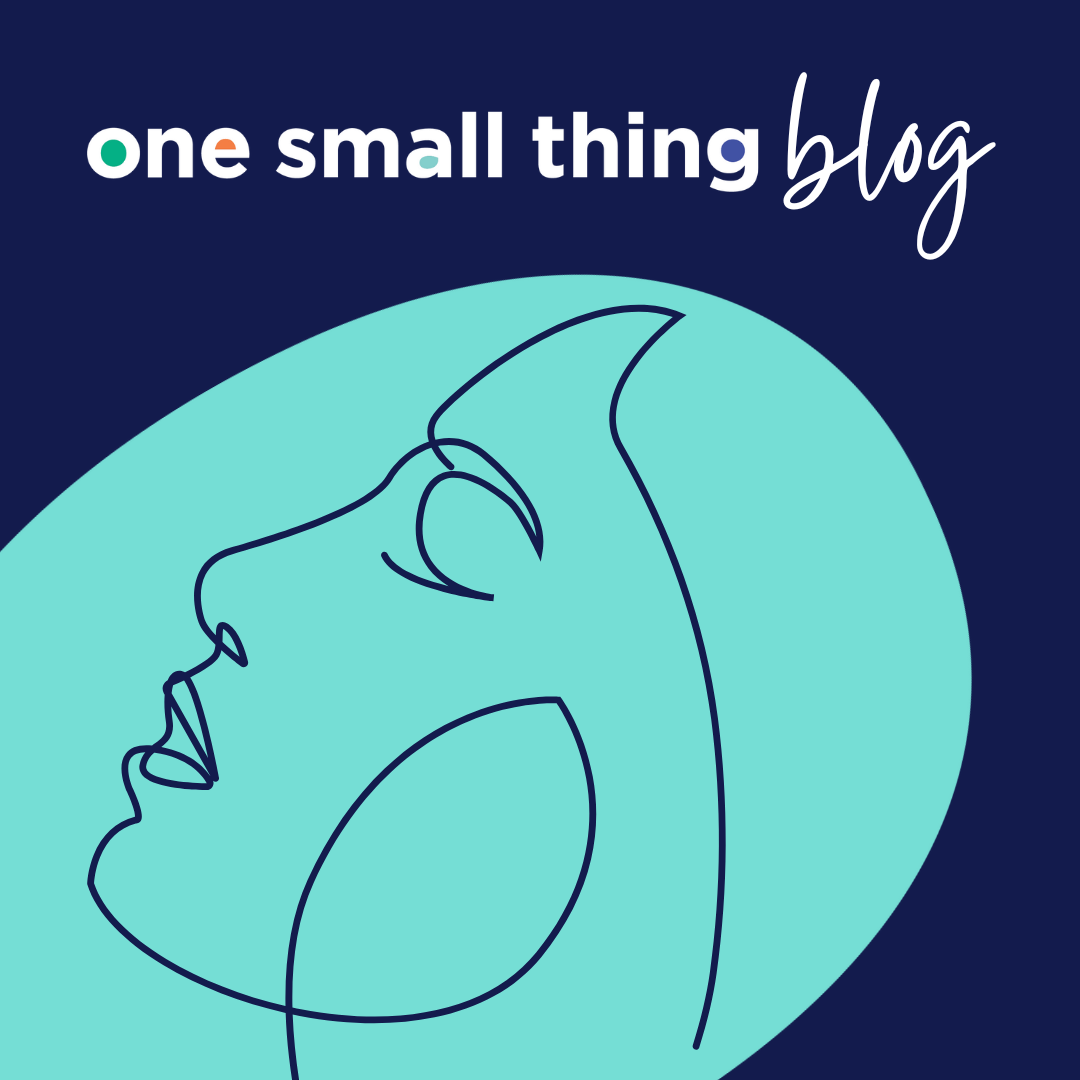Redesigning the Justice System for women and their children, A Blueprint for Change
Lilly Lewis, Women’s Involvement Advisor, One Small Thing
In the next in her series of blogs Lilly Lewis, One Small Thing’s Women’s Involvement Advisor explores what it means to create safe, healing spaces for women in contact with the justice system. Drawing on her own personal experience of being in prison, Lilly also reflects on two new briefings One Small Thing launched in Parliament at the end of the November, on how Hope Street was developed, designed, and built to inform wholescale system change.
To me, a safe space has a feeling of comfort, with natural lighting, with soft fabrics, and surrounded by friendly supportive people. Physical spaces in the justice system can feel unsafe and retraumatising - many women have experienced controlling relationships, and they may have been confined to spaces at home, or shouted at. Very often in prison, officers will speak loudly or shout at you. Being ordered what to do can also be retraumatising. Having to share your living space can also be traumatic in prison as you may have extremely different personalities, and different ways of living. I personally found that traumatic.
I do think that there can be safe healing spaces within the justice system, however I do not think that there can be healing spaces within a prison cell. It seems perfect sense that if you want to heal someone, locking them in a metal box will not help the healing. Instead of creating 500 more prison spaces for women, the Government should be investing in 500 healing spaces. We should take advice from Hope Street and Hope Street architects who looked at colours, fabrics, textures, light - all of these details can positively affect a women’s experience.
I have personally experienced the effect of supporting a woman to live in a healing space in my other role as a Support Worker. Having created a calming living space, her mental well-being improved. Her self-care improved and her mood lifted, there was a visible difference almost immediately from making her living space safe and comfortable.
Designers and architects of accommodation for women and children who have experienced trauma should consider colours and textures, where furniture is placed in relation to doors opening, and windows, and what they look on to for example trees and greenery, and other comforting surroundings.
A Blueprint for Change
On 30th November, One Small Thing launched two new briefings in Parliament on how Hope Street, our residential community for justice involved women, has been developed, designed and built to inform wholescale system change. It was hosted by shadow Justice Minister Ruth Cadbury MP, Dr Madeline Petrillo from the University of Greenwich presented on the co-production process employed to design Hope Street, and Mike Worthington who was the lead architect, shared how a Trauma Informed Design approach to the project was applied to the architectural thinking. I was proud to speak alongside them on the importance of creating safe, healing spaces for women in the justice system.
I’ve read both of the briefings and I find this paragraph from Madeline’s terribly sad - sad for women and children effected by the justice system.
“A key challenge for the designers of Hope Street was that there are few examples of trauma-informed design in architecture, and particularly not anywhere in the justice system. And none that are also intentionally gender specific. There was no theory for the architects to apply, no model to follow. They not only had to design a new kind of building, but a whole new concept.”
It almost made me want to scream, “this has to change”! As Madeline highlights, co-production – including lived experience – is vital when creating safe and healing spaces. These spaces may look very different for different people. As an example, I find emerald green bedding traumatising as that was my colour of bedding in prison, however other greens I find really comfy. I think when involving women with lived experience of the criminal justice system we should collect lots of voices from women with different lived experience.
Whilst reading Mike’s ‘Hope Street, a Trauma Informed Design Case Study’, I was impressed by the amount of research and work that gone into creating a building that truly was trauma informed. I really like the objective that Hope Street should feel like a village composed of a group of buildings coming together to form a safe environment and community, rather than one singular building. The feeling of community I think is something that we have lost over the last ten or twenty years and a strong community working together allows people to lean on each other in times of hardship. Having a strong community can lessen the feeling of being alone or working through problems alone.
For me, the therapeutic garden, which was designed by Harris Bugg, is one of the main features for relaxation and grounding. I believe that green space open air trees and grass is a perfect environment for when you're feeling overwhelmed.
Something that I think is so important, which is highlighted is that each flat is equipped for independent living with a kitchen small dining area and a lounge area for the women. I believe having your own space to maintain and also to be able to shut off, when you need alone time is paramount for healing.
A Call to Action
I always talk in my day job about how we need to be more proactive and less reactive when it comes to working with women affected by the criminal Justice system. I believe if there were more safe spaces such as Hope Street where we could work with women before they enter custodial sentences, we may see far better outcomes for women and their children and see many women healing from their trauma.
This would ultimately reduce crime and see families staying together. And surely that is something that everybody would hope for.
“When I walked into Hope Street for the first time, I was overwhelmed with how safe it felt. When women feel safe, they become brave, and when they feel brave, they can speak.”
Lilly speaking at the Parliamentary event.
Written by: Lilly Lewis, Women’s Involvement Advisor at One Small Thing











